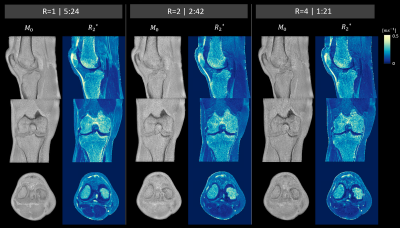

Approximately 14,000 people are diagnosed with glioblastoma each year in the U.S., and the cancer is also prevalent in canines - especially small, short-nosed breeds. Glioblastoma is a historically intractable brain cancer with a generally poor prognosis. The treatment the team is working on is called yttrium-90 (Y90) radioembolization - a minimally invasive treatment for a brain cancer found in dogs that is similar to human glioblastoma.

This unique approach breaks that mold, giving veterinarians and medical doctors the unique opportunity to work hand in hand to simultaneously develop new and improved treatments for human patients and their furry friends. Typically, to create a new drug, researchers first develop the chemistry in a lab, test it in animals and then see if it is effective in humans through clinical trials. When they have a clear image of the target inside the body, experts are able to guide instruments, such as catheters, to the target area for diagnosis or treatment.What do you do when your best friend is diagnosed with a cancer that kills most of its patients within a few months? A few brave dog owners turned to Johns Hopkins, where veterinarians, radiologists and physicists have teamed up to conduct an experimental trial of a therapy they hope will extend the lives of their beloved pets. Interventional Radiology describes a field of specialized surgery where doctors use state-of-the-art technology, such as ultrasound, X-Ray, CT, and MRI to visualize the inside of the human body. We also are at the forefront of research in minimally invasive diagnostics and therapy through the Sheikh Zayed Institute for Pediatric Surgical Innovation, where we are working on enhancing local drug delivery techniques in cancer and thrombosis as well as evaluating the role of magnetic resonance (MR)- guided high intensity focused ultrasound to treat pediatric soft tissue and bone tumors. The best available quality of care is made possible by a dedicated team of interventional radiologists, radiologic technicians, registered nurses, physician assistants, clinical coordinators and anesthesiologists. Children’s National interventional radiologists perform a full range of minimally invasive, image-guided procedures to both diagnose and treat disease in infants, children, and adolescents.


 0 kommentar(er)
0 kommentar(er)
